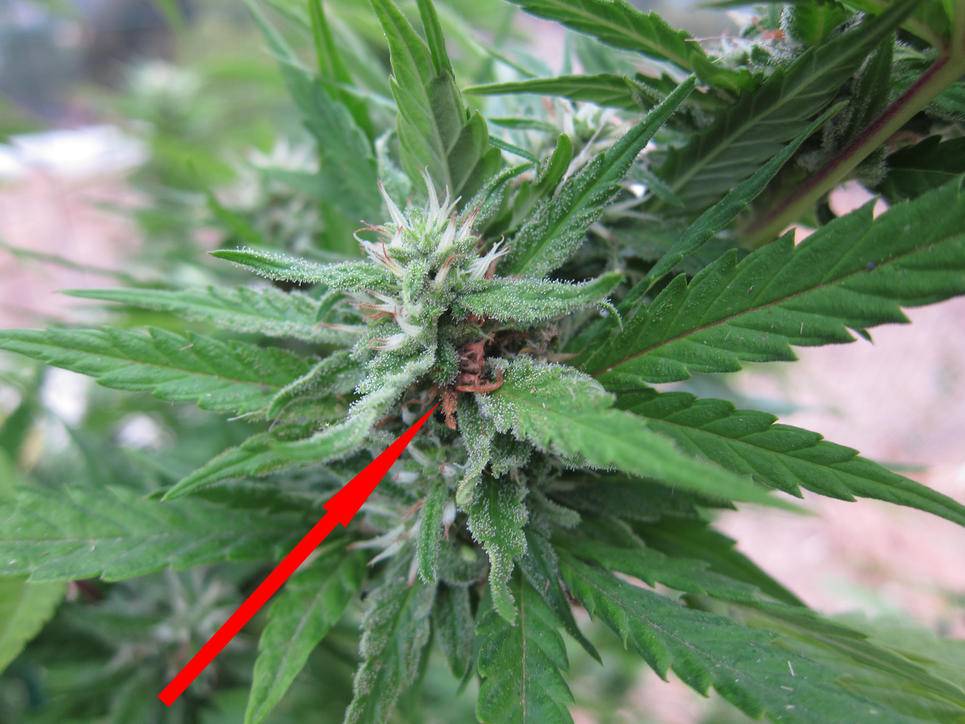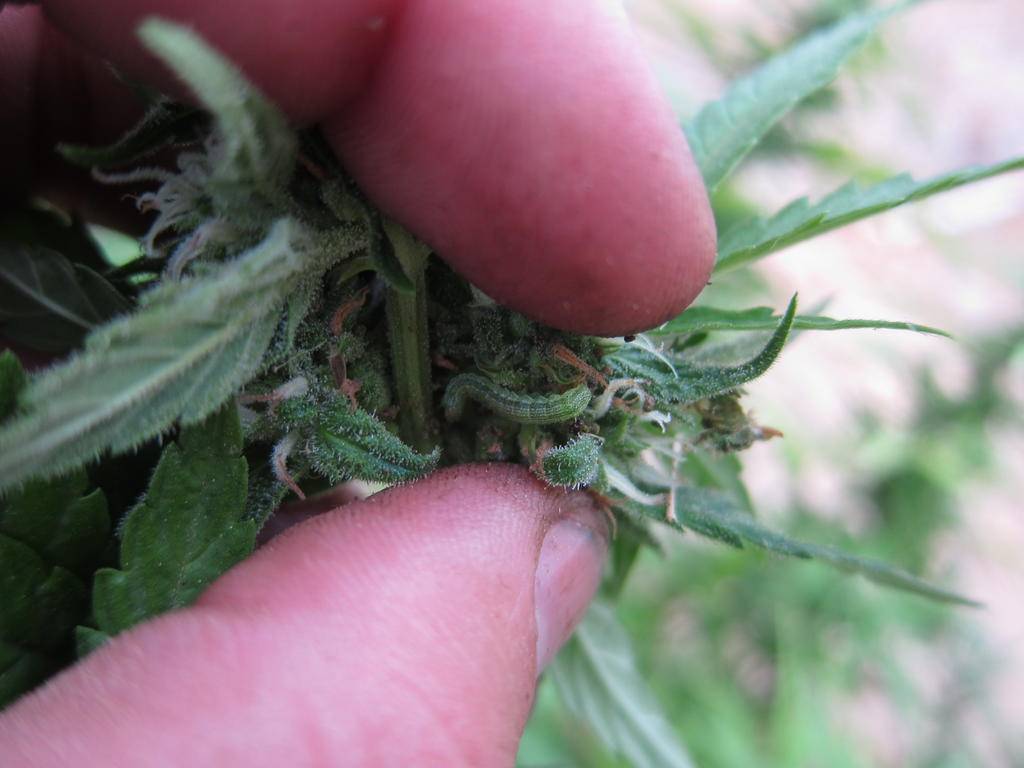Stoner Bob
Member
My first grow, so Im not positive on when this should finish, but most trichromes are milky at this point, calyxes are swollen, not all hairs are red.
so cal , la area.
It was over 100 a week ago, started cooling down a few days ago, with last night was low in the 50's with fog. Foggy again today.
I have 5 plants going and yesterday noticed brown patches on a few buds on two of the plants. after inspecting them and digging around into the bud, I found shit, then the caterpillar. not sure if it's a cutworm or some other type of moth.
Yesterday evening, I sprayed one 32oz spray bottle of each spinosad and BT to water mix. But I'm thinking that the spray did not get down inside the buds enough. looking this morning I found a few and grabbed these pictures.
Today I found around 8 caterpillars, wonder how many more are in there waiting to infect the plant.



so cal , la area.
It was over 100 a week ago, started cooling down a few days ago, with last night was low in the 50's with fog. Foggy again today.
I have 5 plants going and yesterday noticed brown patches on a few buds on two of the plants. after inspecting them and digging around into the bud, I found shit, then the caterpillar. not sure if it's a cutworm or some other type of moth.
Yesterday evening, I sprayed one 32oz spray bottle of each spinosad and BT to water mix. But I'm thinking that the spray did not get down inside the buds enough. looking this morning I found a few and grabbed these pictures.
Today I found around 8 caterpillars, wonder how many more are in there waiting to infect the plant.



